Tying these fuzzballs reminded me of all the notes on competition hooks and their efficacy I’ve been scribbling over the last couple of seasons. I find myself having so many defective hooks of late, and at thirty-five cents a hook I keep trying to make up for poor quality control and fix them with tying thread, simply to get a bit of service before cursing, snapping the thread, and hurling them into my waste can.
Over the last three years, I’ve accumulating a couple thousand Knapeks, Grips, Dohiku, Skalka, and Hanak’s – and the common thread among all of these seems to be how many poorly wired eyes exist in the small dry fly sizes.
I switched over a couple seasons ago because most of these newer manufacturers use the Redditch standard versus the Mustad/Tiemco extra-long shank variant. Much of the early angler commentary I had read mentioned quality control and too-soft wire, but at the time was directed at the Czech nymph styles, which by nature are fast sinking, rock pounding, heavy abuse flies.
While I’ve had no wire issues over the last couple of seasons with nymph, Czech nymph, streamer, and dry fly hooks, big problems exist for nearly all the makers of small dry fly hooks.
Small being size #16 and below, which isn’t all that small …
Knapek has been the most egregious offender, and despite multiple purchases over the last three years, show little change in their quality control. Many of the 25 packs of dry fly hooks #16 or smaller have 8 or 9 hooks with incompletely closed eyes.
… suggesting that for each $6.50 spent on the hooks, $2 or more is wasted.
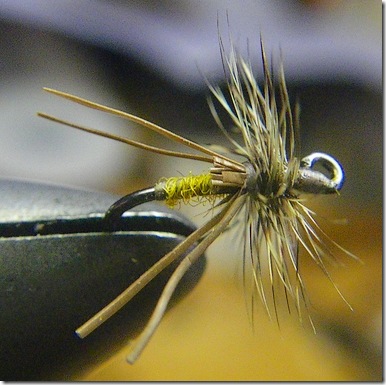
This is one of the Low Profile Midge prototypes I’ve been fishing last month, using a Knapek #18 dry fly hook. You can actually see the butt end of the incompletely closed eye and how much thread it took to get some use out of the dang hook.
For those interested in trying these hooks I have no issues with the larger sizes and styles in all flavors and models. The larger hooks (#16 and above) have far fewer eye defects, but I would also recommend a visual inspection of the container contents.
Most of these are sold in transparent packages. Take the time to shake the hooks onto the bottom of the container so you can visually inspect the eyes. Purchase those boxes that contain the fewest visible defects.
The fly above is something I’ve been refining for the last couple of months. In Black, I used it as a Trico spinner with mind-numbing success rates on local coarse fish.
Underneath the hackle is a double shellback of moose fibers. When married with a dab of slightly undersized hackle you get a low profile, high floatation, midge-spinner shape.
Note the slim profile of the body, how the dubbed shank is almost the same diameter as the bare hook. This is my Free Range Dry Fly dubbing, natural floatation combined with fibers so fine as to make a fly tyer drop to both knees and weep aloud …
No, you can’t have any … yet.
More on the hooks and their qualities after this season …



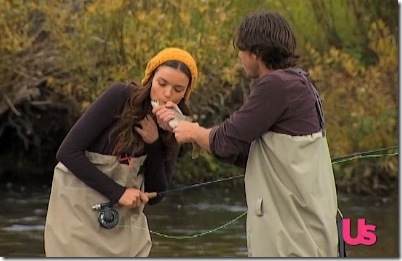
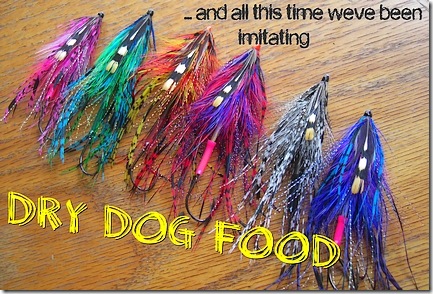

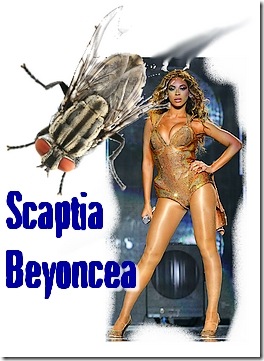 As a means of belittling us fly fisher-types who have spent a couple lifetimes studying flies and imitating their every move, pop-star
As a means of belittling us fly fisher-types who have spent a couple lifetimes studying flies and imitating their every move, pop-star 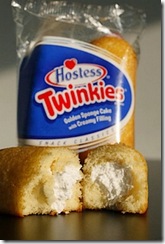


 Bobbing away in some nameless lake last summer, I’d attributed my lack of success to a poorly designed floating midge imitation, and if I combined the air intake of an F-18E Super Hornet with a bit of deer hair, I could produce a better imitation that could showcase the body color to best advantage.
Bobbing away in some nameless lake last summer, I’d attributed my lack of success to a poorly designed floating midge imitation, and if I combined the air intake of an F-18E Super Hornet with a bit of deer hair, I could produce a better imitation that could showcase the body color to best advantage.